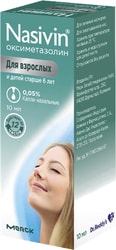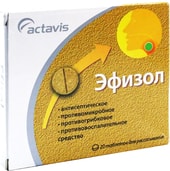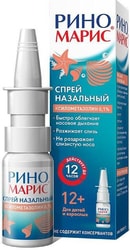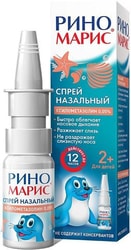
Glisson's loop is a traction device used to alleviate pain and improve mobility in the cervical spine. This comprehensive guide explores its uses, benefits, risks, and contraindications. While offering relief for various cervical conditions, Glisson's loop requires careful application and should only be used under the supervision of a healthcare professional. Improper use can lead to serious complications. Invented by the renowned 17th-century English physician, Dr. Glisson, this device utilizes straps and attachments to gently stretch the neck, often with a weighted counterbalance. The weight is carefully adjusted by a healthcare professional to ensure patient safety and efficacy.
Glisson's loop is often recommended for patients experiencing:
The device consists of straps and a loop that fits comfortably under the patient's chin and around the head. A rope or cord connects the loop to a weight or other counterbalance (sometimes a water-filled bottle). The weight provides gentle, controlled traction, gradually stretching the cervical spine. The weight and duration of traction are carefully determined and monitored by a physician.
Glisson's loop traction can be performed in a clinical setting (often using a specialized bed) or at home (sitting position, though this is generally less safe and not recommended without professional guidance). A healthcare provider will determine the appropriate weight and treatment duration based on the patient's individual needs and condition. They will carefully monitor the patient's comfort and progress throughout the procedure.
Glisson's loop traction is contraindicated in the following conditions:
Glisson's loop traction is a medical procedure and should never be attempted without the guidance of a qualified healthcare professional. Improper use can worsen existing conditions and lead to serious injury. Always consult your doctor or physical therapist to determine if Glisson's loop is an appropriate treatment option for your specific needs. They will assess your condition, explain the procedure, and monitor your progress throughout the treatment process. Your safety and well-being are paramount.





